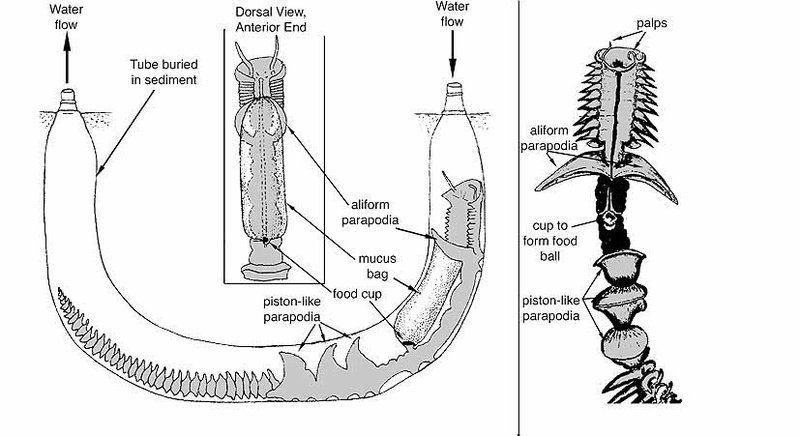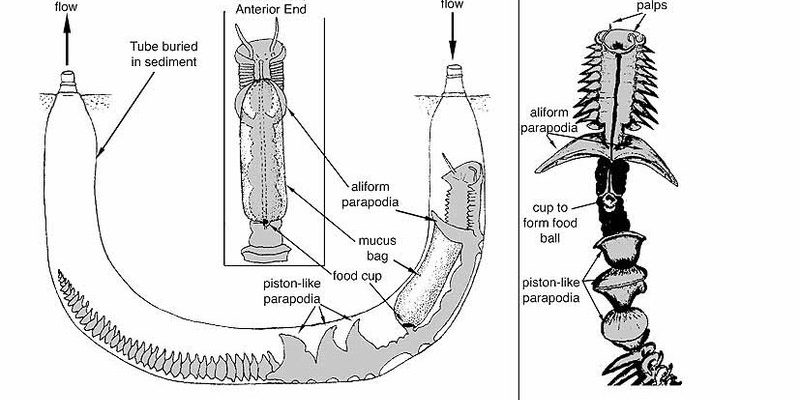
So, let’s dive deep (pun intended!) into how these fascinating worms, scientifically known as *Osedax*, consume bone. It’s a complex process that involves both biology and chemistry, and understanding it can help us appreciate the ecosystem’s hidden wonders. Buckle up, because we’re about to explore the feeding mechanism of these extraordinary bone-eating worms, step by step.
What Are Bone-Eating Worms?
First things first, let’s get to know our subject. Bone-eating worms, or *Osedax*, are a unique group of marine worms that thrive on the skeletons of dead animals, particularly whales. They often inhabit deep-sea environments and are known for their bright colors, which can range from yellow to pink. These worms have evolved to fill a fascinating niche in the ocean’s ecosystem: they act as nature’s recyclers.
Now, you might be thinking, “How do they manage to eat something as tough as bone?” Here’s where it gets interesting. These worms have a special adaptation that enables them to break down bone material. They possess a unique set of enzymes, which allows them to digest the collagen found in bones. It’s like having a secret weapon to thrive in a challenging environment where most other creatures can’t survive!
How Do Bone-Eating Worms Find Their Food?
So, how do these worms locate the bones they feast on? Think of them as detectives on a mission. When a large marine animal like a whale dies and sinks to the ocean floor, it takes some time before the *Osedax* worms get to work. They can smell the nutrients released from the decaying bone, which helps them pinpoint their next meal.
These worms usually reside in colonies. Once they find a bone, they quickly settle on it. Each worm then uses its specialized root-like appendages, known as “root structures,” to anchor itself to the bone securely. You can picture a scene where a group of these vibrant worms gathers around a magnificent whale skeleton, ready to feast.
The Unique Feeding Process
Here’s the heart of the matter—how do bone-eating worms actually consume bone? Imagine a tiny, well-equipped factory hard at work. The feeding process begins when the worm uses its mouth, equipped with tiny, sharp teeth, to scrape away at the bone surface. This is essential because the bone is quite hard and needs to be broken down before they can digest it.
Once the worm has scraped enough bone, it secretes enzymes into the crevices. These enzymes start to break down the collagen and organic material within the bone. It’s like a natural, underwater recycling operation, where the worm is both the worker and the consumer, turning something that would otherwise decay into a source of sustenance.
Additionally, the bone-eating worm has a unique partnership with bacteria that live inside its body. These bacteria help digest the nutrients released from the bones, making it easier for the worm to absorb them. This relationship highlights the beauty of cooperation in nature, where organisms help each other thrive.
The Role of Bacteria in Digestion
You might be wondering, “What’s the deal with the bacteria?” Good question! The symbiotic relationship between bone-eating worms and these bacteria is crucial for their survival. Without these helpful microorganisms, the worms would struggle to extract energy and nutrients from the tough bone material.
The bacteria break down complex organic compounds, releasing fatty acids and other nutrients that the worm can easily absorb. This dynamic duo mirrors many natural relationships we see in our everyday lives—just like how flowers rely on bees for pollination, these worms depend on bacteria for survival.
Why Are Bone-Eating Worms Important?
So, why should we care about these bizarre little critters? Bone-eating worms play a vital role in ocean ecosystems. By consuming the remains of dead marine animals, they help recycle nutrients back into the ecosystem. This process supports a whole range of other marine life, from tiny microorganisms to larger predators that rely on the nutrients released during decay.
Additionally, studying these worms can offer insights into evolution and adaptation. For instance, they showcase how life can thrive in extreme environments with unique feeding strategies. As scientists continue to learn more about these creatures, we might even unlock secrets that can help with issues like waste management or bioengineering.
In a world filled with mystery and incredible life forms, the bone-eating worm stands out as a true marvel. Its unique feeding mechanism not only highlights the complexity of marine ecosystems but also emphasizes the importance of recycling and cooperation in nature. From the way they find food to their fascinating relationship with bacteria, these worms offer a glimpse into the intricate web of life beneath the waves.
So, next time you think of the ocean, picture these vibrant little creatures feasting on the remnants of the past and playing an essential role in the cycle of life. It’s a reminder that even the tiniest beings can make a significant impact on our planet. Who knew that something as simple as a worm could teach us so much about survival and coexistence?

